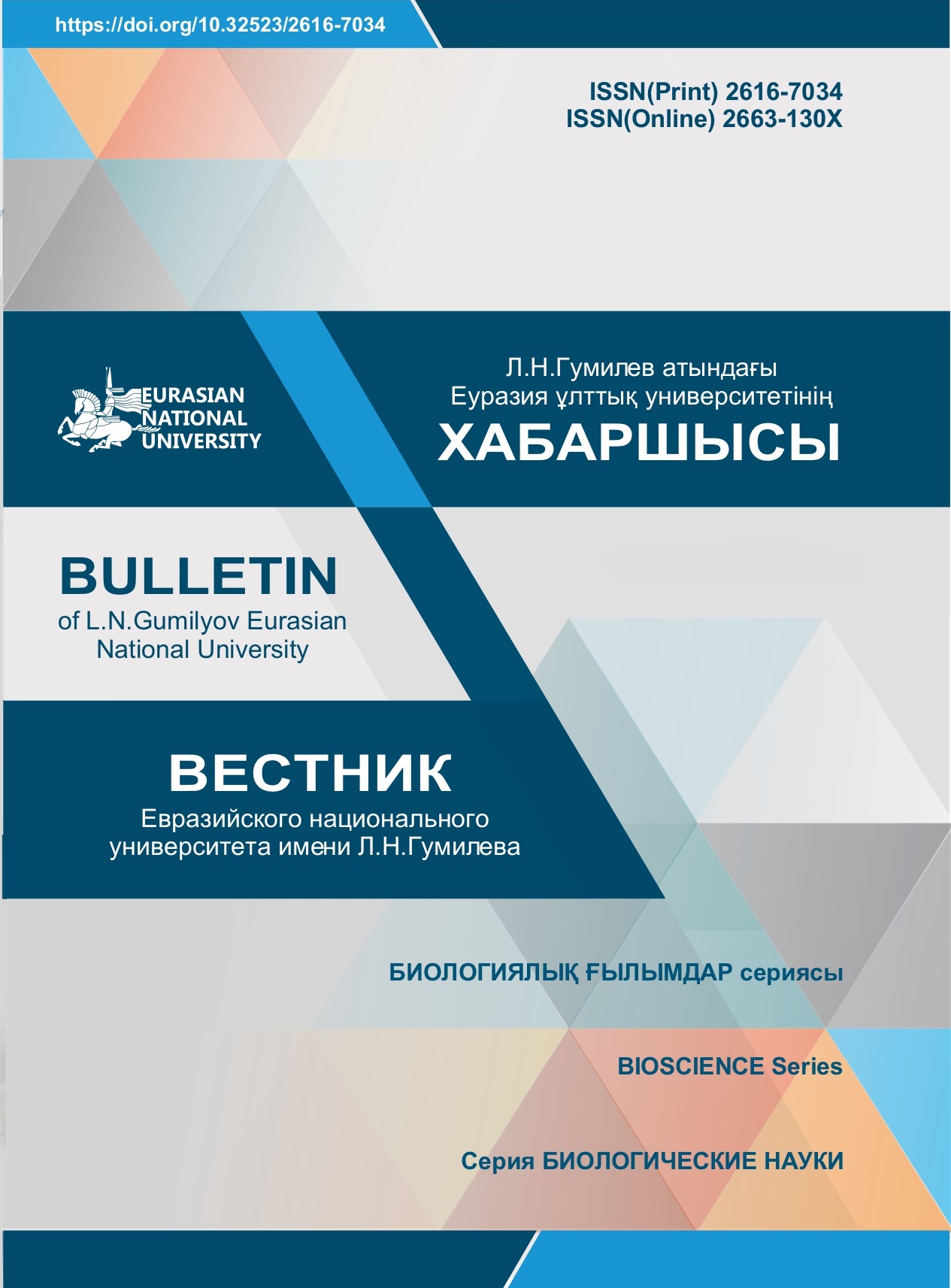Species identification of malaria mosquitoes of the Anopheles maculipennis complex (Diptera, Culicidae: Anopheles) based on PCR-RFLP in Pavlodar region
Views: 261 / PDF downloads: 294
Keywords:
genetic polymorphism, PCR-RFLP, internal transcribed spacer (ITS2), bioecology, maculipennis complexAbstract
This article discusses methods for determining the genetic polymorphism of malaria mosquitoes of the Anopheles maculipennis complex. AN identification of similar species of the maculipennis complex was carried out by the PCR-RFLP method using the second internal transcribed spacer of the ITS2 ribosomal gene cluster. Based on the analysis of the ITS2 rDNA sequence, new Palearctic species were discovered in this collection: An. persiensis (Sedaghatetal., 2003), An. daciae (Nicolescu et al., 2004) and An. artemievi (Gordeev et al., 2004). Previously, a cytogenetic method was used on the territory of Kazakhstan, which included chromosomal polymorphism. It is found in the south of the range of this species (Stegny, 1991; Gordeev and Sibataev, 1996). In populations of malarial mosquitoes of An. messeae of Kazakhstan, new chromosomal inversions have been identified that are not characteristic of this region (Abylkasymova et al., 2019).
There is also provided some information about the bioecology and harmful nature of Anopheles messeae mosquitoes. Bloodsucking mosquitoes of the Anopheles maculipennis complex are of great scientific and practical interest since they are known as active bloodsuckers and carriers of pathogens of a number of dangerous human and animal diseases. Based on their own research and literature data, were collected materials on the biology and ecology of Anopheles messeae mosquitoes of the Irtysh River basin. Data on the prevalence and landscape location of mosquitoes in the Maculipennis complex, there are presented seasonal dynamics and daily rhythm of abundance, and harmful value.








